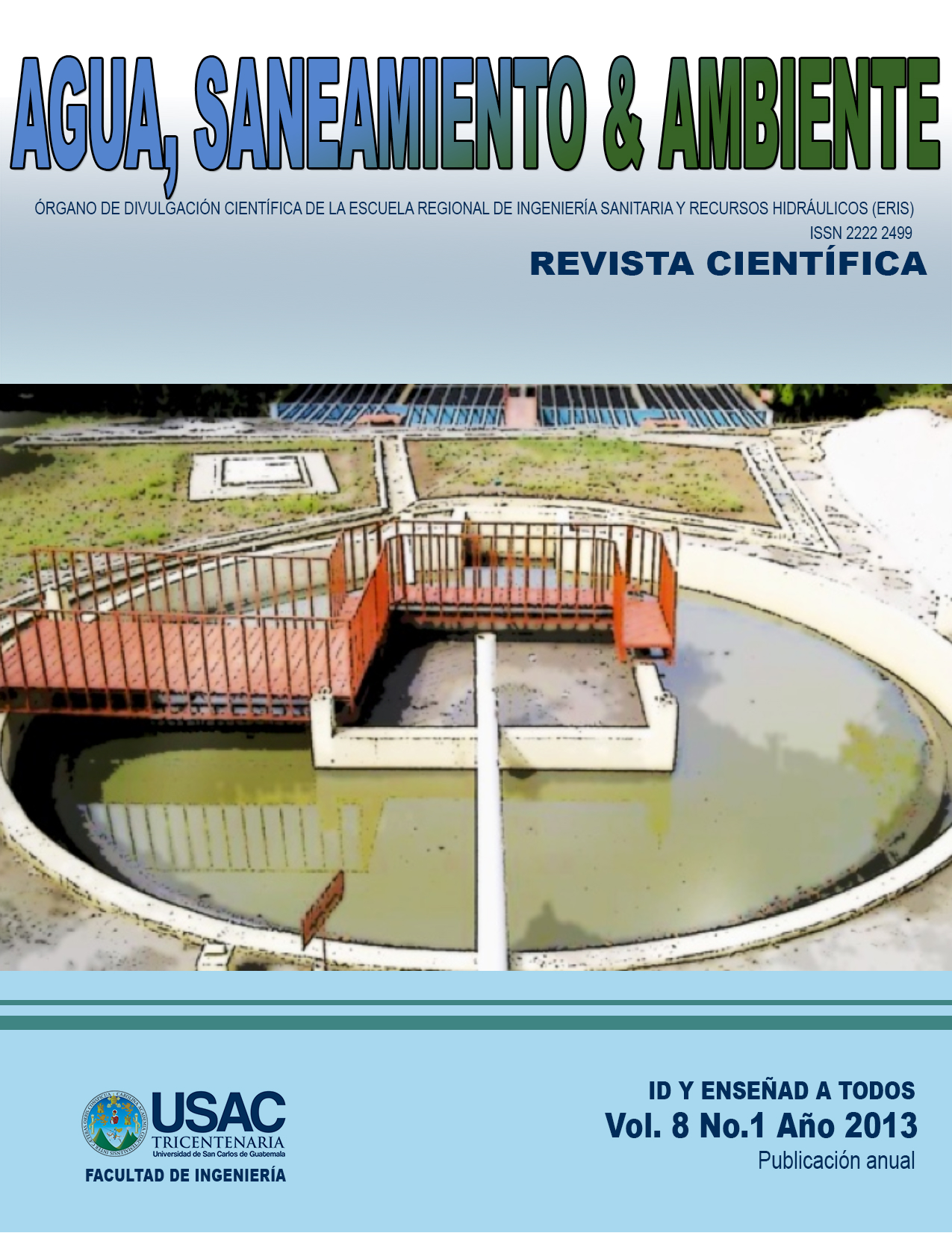DETERMINACIÓN DE CARGA CONTAMINANTE PRODUCIDA POR LOS RESIDUOS SÓLIDOS HÚMEDOS GENERADOS EN SANTA CATARINA PÍNULA.
DOI:
https://doi.org/10.36829/08ASA.v8i1.1480Keywords:
Physical Composition, Use, Characterization, Recycling, Pollution Load, Solid Waste, Physical Pollution, Environmental Pollution, Environmental ImpactsAbstract
Through the characterization of different types of solid waste generated in the municipality of Santa Catarina Pínula, it was determined that the categories of food scraps, paper, cardboard and plastic are the most representative in the physical composition. In most investigations of solid waste pollution is talk they generate the environment, but do not quantify the degree of pollution produced. Analyzing the solid waste of Santa Catarina Pínula, it is determined that the pollution caused by waste from commercial sources (C47.17H71.66O23.38NS0.08), is the largest compared with household waste origin (C29.28H45.57O16.97NS0.07) and institutional origin (C43.98H68.39O25.92NS0.09), generating a total pollutant load, these three types of solid waste C31.85H49.43O18.21NS0.07.
Downloads
References
ACURIO, G., et al, Sep. 1998. Diagnostico de La Situación del Manejo de Residuos Sólidos Municipales en América Latina y El Caribe, por, Serie Ambiental No. 18 BID, OPS/OMS. DOI: https://doi.org/10.18235/0010235
KUNITOSHI, S., 1981. HDT 17: Método Sencillo del Análisis de Residuos Sólidos, CEPIS/OPS.
TCHOBANOGLOUS, George; THEISEN, Hilary; VIGIL, Samuel. Gestión integral de residuos sólidos,
Volumen 1 y 2, McGraw-Hill, España, 1997.
GARCIA, Guillermo; apuntes de carga contaminante.
Downloads
Published
How to Cite
Issue
Section
License

This work is licensed under a Creative Commons Attribution-NonCommercial-ShareAlike 4.0 International License.







